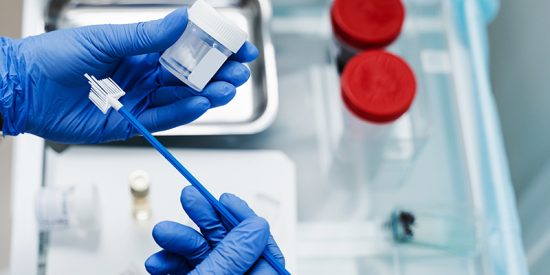When it comes to safeguarding your health, few things are as important as preventive care. Human papillomavirus (HPV) is one of the most common sexually transmitted infections, and certain strains of it are responsible for the majority of cervical cancers. Fortunately, we have powerful tools to fight back: the HPV vaccine and regular Pap smears.
HPV vaccines play a crucial role in cancer prevention, particularly cervical cancer. According to the CDC, the vaccine can prevent over 90% of HPV-related cancers. Despite its proven effectiveness, many people remain unaware of its importance. Starting the vaccination series early—ideally between the ages of 9 and 12—can provide optimal protection, but it’s also beneficial for teens and young adults who haven’t yet been vaccinated. By getting the HPV vaccine, you’re not only protecting yourself but also contributing to a healthier, cancer-free future for everyone.
Clearing Up Misconceptions: Pap Smears vs. Vaginal Exams
Many patients use the terms “Pap smear” and “vaginal exam” interchangeably, but they’re not the same thing. A Pap smear is a specific screening test that detects abnormal cervical cells, which could indicate precancerous changes or cervical cancer. It’s an essential tool for catching issues early, when they’re most treatable.
A vaginal exam, on the other hand, is a broader assessment of the vaginal and pelvic area and doesn’t necessarily include a Pap smear. Both are valuable, but they serve different purposes. That’s why it’s vital to communicate with your provider about your health history and what screenings you need.
Keeping Up with Guidelines
Pap smear guidelines have changed in recent years, so staying informed is key. Depending on your age and health history, you may need testing every three to five years instead of annually. Your provider can help you navigate these recommendations and ensure you’re receiving the best care for your needs.


